Daniel Rohr’s Colander Table
The experimental project, built from a 900 lb solid block of aluminum, takes over four weeks to produce. Resultantly, only ten will ever be made. Designed to delete space and material, the Colander table is German designer Daniel Rohr‘s latest project. Its bowl-like form, punctured by 909 holes and sheathed with glass creates an illusionary sensation, causing objects placed upon its surface to appear to float weightlessly in the air.
Colander Table. Designed by Daniel Rohr.
Through a CNC milling process, the solid block of aluminum is milled down to a bowl-like form and then punctured with 909 holes. The process is rather fascinating to watch, and the making-of video (potentially my favorite aspect of the design/presentation) seems somewhat essential to understanding and appreciating the concept of the piece. It’s experimental and not designed as a mass-production piece. It explores a concept and the possibilities behind it.
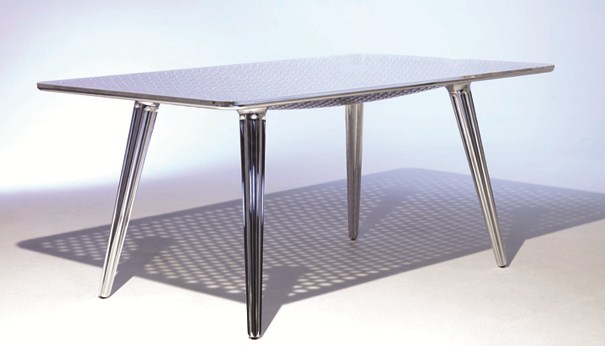
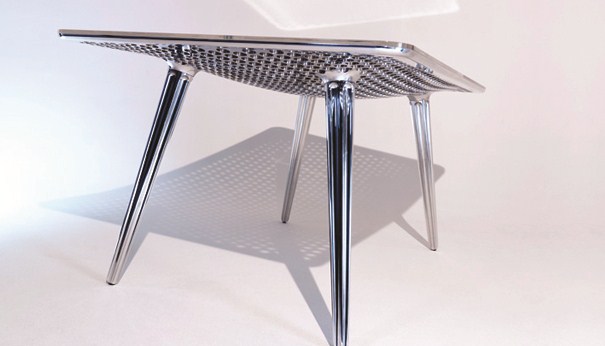
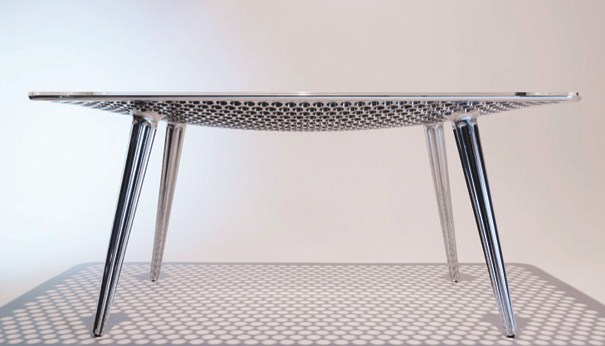
The table has become somewhat controversial as issues of sustainability (based on its materiality and production techniques) come into play. As I see it, there are two sides to the story. The aluminum “scrap” is reusable. Unlike scraps of wood, this can be melted down and reused. But yes, this process uses additional energy (beyond the excessive amounts used during the milling process.) On the other hand, this table is marked by longevity. It seems somewhat indestructable (although yes, the glass could break). One who buys this table isn’t purchasing it for single use or to
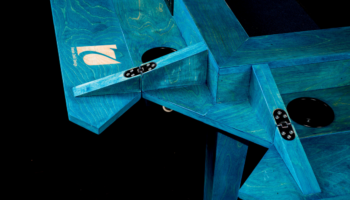
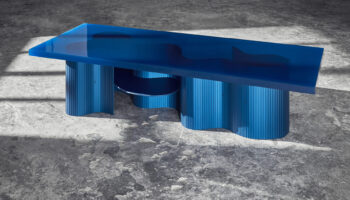
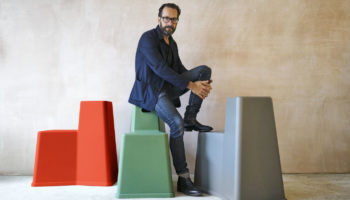

Leave a Reply